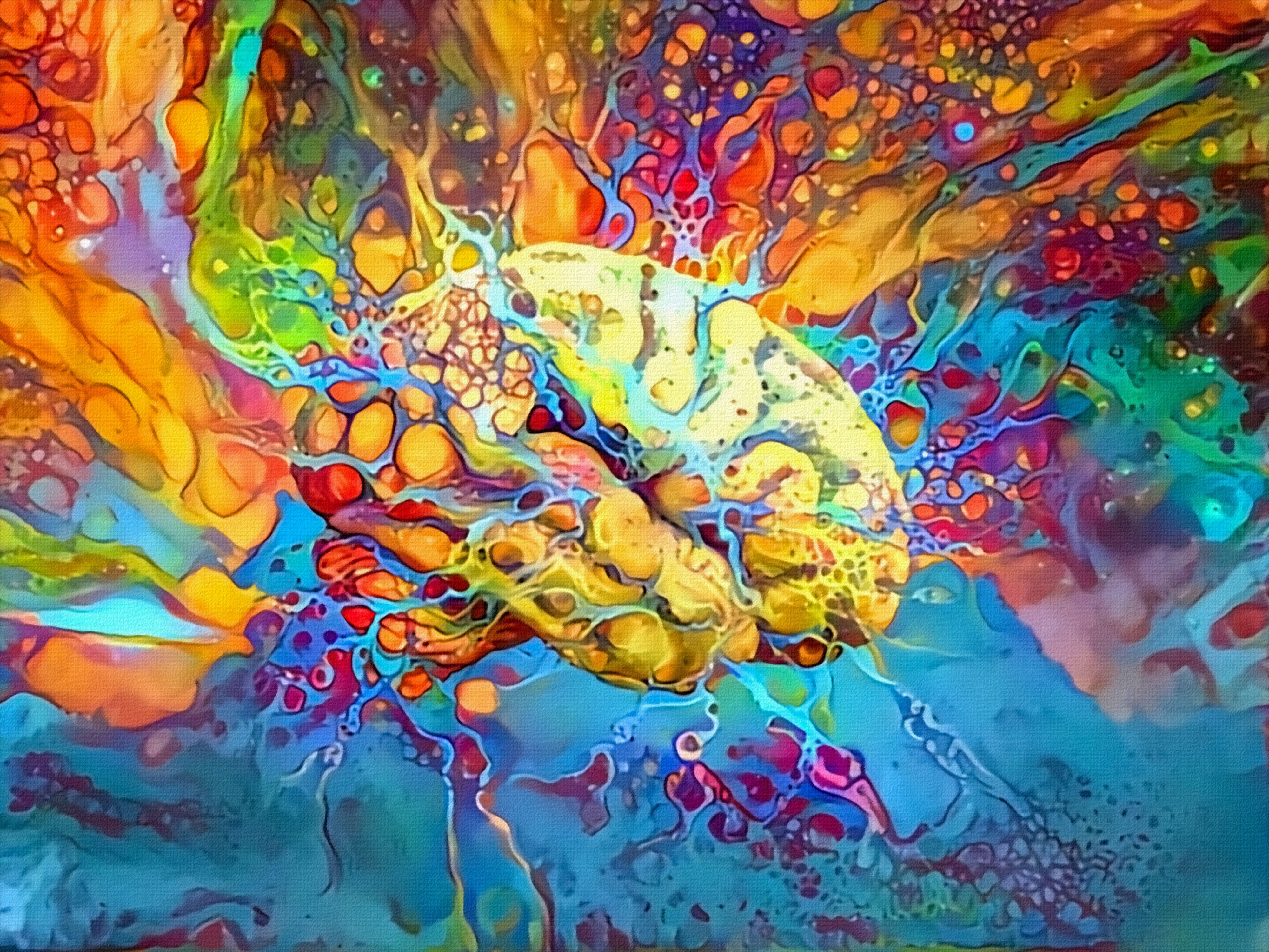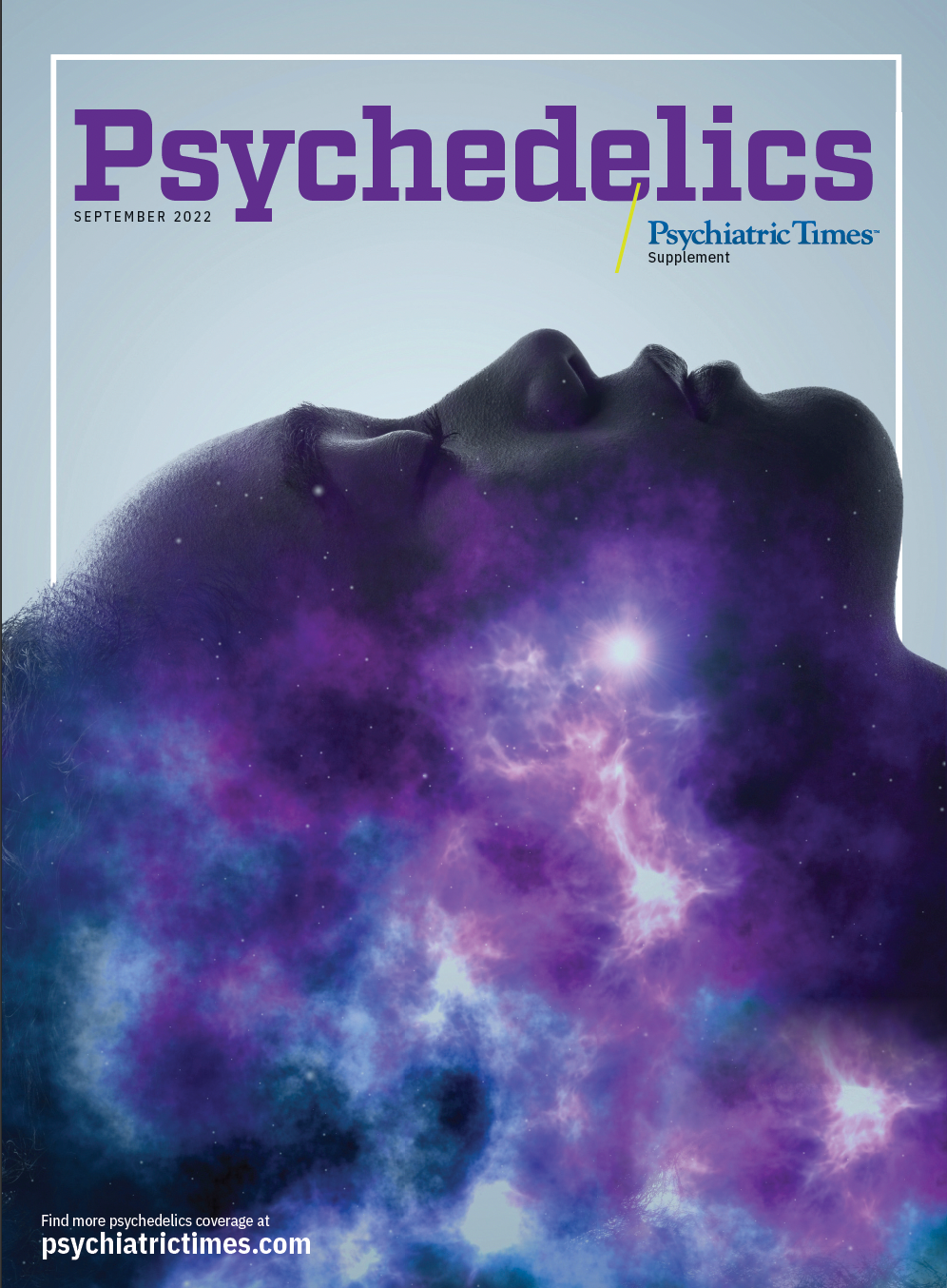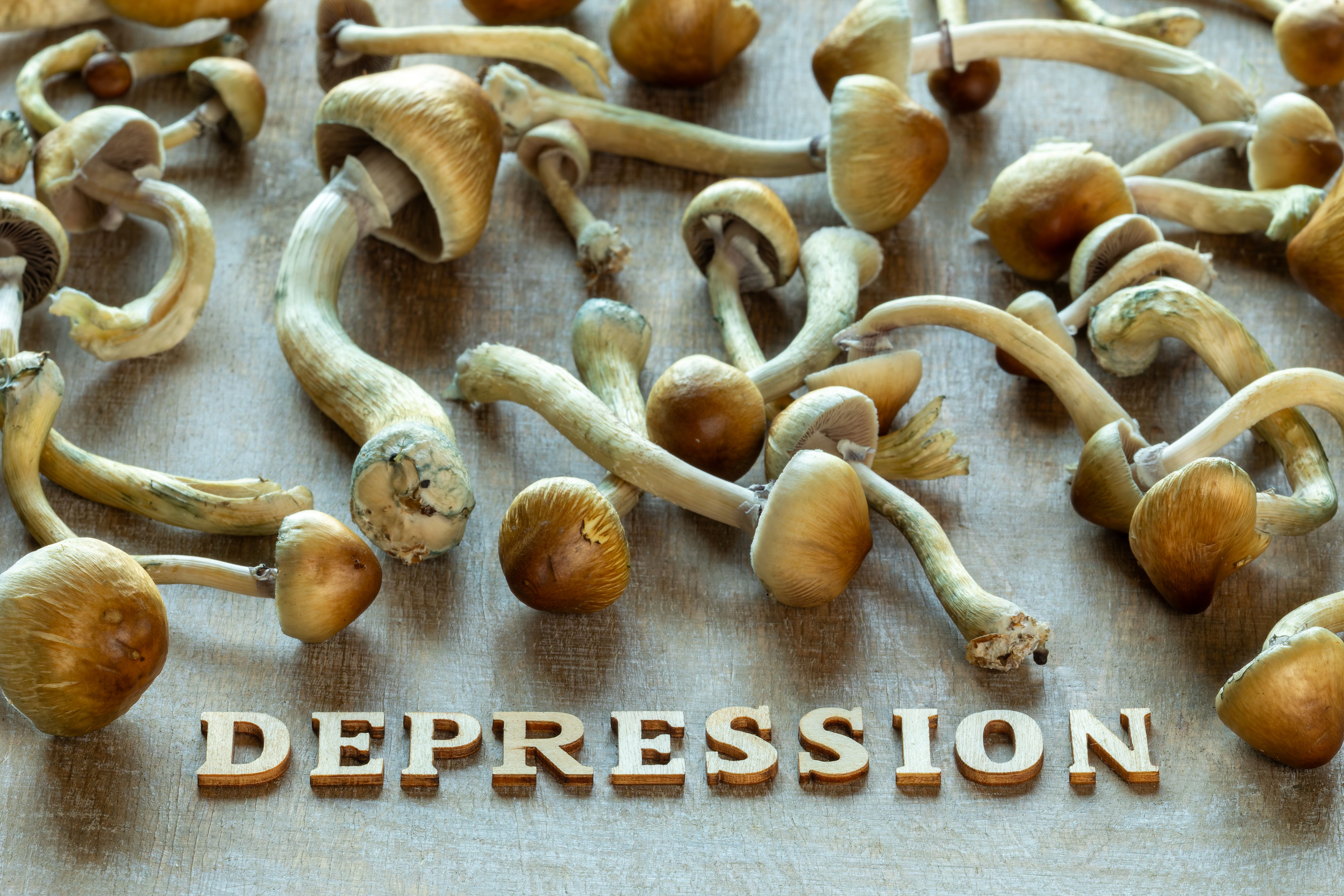Publication
Article
Psychiatric Times
Effects of LSD and Psilocybin in Healthy Participants
Author(s):
In a well-blinded study, researchers investigated and directly compared the acute effects of LSD and psilocybin in healthy participants.
rolffimages/AdobeStock

RESEARCH UPDATE
Lysergic acid diethylamide (LSD) and psilocybin are serotonergic psychedelics that are candidates for the treatment of psychiatric disorders.1-4 Both agents stimulate serotonin 5-HT2A receptors; LSD also acts at dopamine D13-3 receptors, and the active metabolic of psilocybin (psilocin) inhibits the serotonin transporter.5 The similarities, acute effects, and dose equivalence of these agents in humans remains unclear.
The Current Study
Holze and colleagues6 directly compared the acute subjective, autonomic, and endocrine effects of LSD and psilocybin at 2 doses and placebo within the same participants. The acute subjective effects of these agents were assessed with validated psychometric instruments, and pharmacokinetic data were obtained over 24 hours. The investigators performed a double-blind, placebo-controlled crossover study with 5 experimental test sessions (placebo, LSD 100 µg, LSD 200 µg, psilocybin 15 mg, psilocybin 30 mg), with a washout period of at least 10 days between sessions.
The authors recruited 28 healthy participants; their mean age was 35 years and 50% were male. Exclusion criteria were: age less than than 25 years or greater than 65 years, pregnancy, family history of major psychiatric disorders in first-degree relatives, current psychotropic medication use, acute or chronic physical illness, tobacco smoking of more than 10 cigarettes/day, lifetime illicit drug use exceeding 10 times (except use of tetrahydrocannabinol [THC], the principal psychoactive cannabinoid of cannabis), or illicit drug use in the past 2 months or during the study period. In terms of previous drug use, 11 participants had previously used LSD and 6 had previously used psilocybin; 13 had previously used a stimulant; and 10 participants had no history of noncannabis illicit drug use. LSD was administered as an oral solution and psilocybin as an oral capsule. A double-dummy method was used such that participants received 6 capsules and 2 solutions at each test session.
Each test session lasted 25 hours and was conducted in a calm hospital room. Abstinence from illicit drugs was verified with a urine drug screen. Outcomes were repeatedly assessed for 24 hours. Standardized meals were served. An investigator was present in the room during the acute effect phase and remained in a room next to the participant for up to 24 hours. Subjective effects were assessed repeatedly using visual analogue scales (VAS), the Adjective Mood Rating Scale (AMRS), the 5 Dimensions of Altered States of Consciousness scale (5D-ASC), and the Mystical Effects Questionnaire(MEQ). Effect durations were assessed using the classic pharmacokinetic-pharmacodynamic link module. Blood pressure, heart rate, and temperature were repeatedly measured. Adverse effects were assessed 1 hour before and 12 and 24 hours after drug administration. Plasma LSD and psilocybin concentrations, and cortisol, prolactin, oxytocin, and brain-derived neurotrophic factor (BDNF) measurements were also obtained at multiple time points. Pharmacokinetic parameters were estimated using noncompartmental methods. Peak drug effects (minimum, maximum, or change from baseline) were determined for repeated measures, then analyzed using repeated-measures analysis of variance.
Both doses of LSD and the 30-mg psilocybin dose produced comparable subjective effects, based on VAS and 5D-ASC outcomes. There was significantly greater ego dissolution and a trend toward greater anxiety with 200 µg versus 100 µg LSD. Psilocybin 15 mg had significantly lower effects than psilocybin 30 mg and both LSD doses, based on VAS and 5D-ASC outcomes. Both LSD doses had significantly increased “emotional excitation” on the AMRS compared with psilocybin. There were no differences in subjective effects of LSD or psilocybin based on sex.
Both LSD and psilocybin significantly increased systolic and diastolic blood pressure, temperature, and pupil diameter compared with placebo. Psilocybin 30 mg produced significantly greater increases in blood pressure and temperature compared with psilocybin 15 mg and both doses of LSD. By contrast, both LSD doses produced a greater increase in pulse compared with both psilocybin doses and placebo. Psilocybin produced greater impairments in pupil contraction compared with LSD. Both LSD and psilocybin increased the total acute (0-12 hours) adverse effect score compared with placebo. Subacute (12-24 hours) adverse effect scores were significantly greater with LSD 200 µg LSD and psilocybin 30 mg compared with placebo. The most common adverse effects were headaches. Five participants had 9 flashback episodes within 72 hours. No severe adverse events were observed.
Both LSD doses had significantly longer effect durations (10-11 versus 6-7 hours) and earlier onset of effects (0.4-0.6 versus 0.8 hours) compared with both psilocybin doses. The elimination half-life values were about 4 hours for LSD and 2.5 hours for psilocybin. Both LSD and psilocybin significantly increased plasma cortisol, prolactin, and oxytocin levels, but neither affected BDNF levels. Both LSD and psilocybin showed linear pharmacokinetics, which were not influenced by body weight.
In terms of blinding, no clear distinction between LSD and psilocybin could be made after the session or at study end point. Participants correctly identified the psychedelic and dose in about 60% of sessions, compared with 96% for placebo.
Study Conclusions
The authors investigated and directly compared the acute effects of LSD and psilocybin in healthy participants in a well-blinded study. They concluded that psilocybin 15 mg exerted clearly weaker subjective effects, and both agents had dose-dependent effect durations (significantly longer for LSD), stimulant autonomic effects, and increased endocrine parameters. Body weight had no influence on blood concentrations. The investigators noted the data further supported the notion that states of consciousness alteration induced by LSD and psilocybin are more likely dose-dependent rather than substance-dependent. In addition, they concluded the differences in the pharmacological profiles of LSD and psilocybin do not relevantly influence subjectively experienced effects of both psychedelics.
Study strengths included the within-subjects design and the use of well-characterized, fixed dosing. The primary study limitations were the use of a highly controlled setting and the participation of healthy participants only.
The Bottom Line
This study supports dose finding for research and psychedelic-assisted therapy. Psilocybin 20 mg is likely equivalent to LSD 100 µg. There was no evidence for qualitative differences in altered states of consciousness, except for a shorter duration of action for psilocybin.
Dr Miller is a professor in the Department of Psychiatry and Health Behavior, Augusta University, Augusta, GA. He is on the Editorial Board and serves as the schizophrenia section chief for Psychiatric Times™. The author reports that he receives research support from Augusta University, the National Institute of Mental Health, and the Stanley Medical Research Institute.
References
1. Carhart-Harris R, Giribaldi B, Watts R, et al. Trial of psilocybin versus escitalopram for depression. N Engl J Med. 2021;384(15):1402-1411.
2. Griffiths RR, Johnson MW, Carducci MA, et al. Psilocybin produces substantial and sustained decreases in depression and anxiety in patients with life-threatening cancer: a randomized double-blind trial. J Psychopharmacol. 2016;30(12):1181-1197.
3. Davis AK, Barrett FS, May DG, et al. Effects of psilocybin-assisted therapy on major depressive disorder: a randomized clinical trial. JAMA Psychiatry. 2021;78(5):481-489.
4. Gasser P, Kirchner K, Passie T. LSD-assisted psychotherapy for anxiety associated with a life-threatening disease: a qualitative study of acute and sustained subjective effects. J Psychopharmacol. 2015;29(1):57-68.
5. Rickli A, Moning OD, Hoener MC, Liechti ME. Receptor interaction profiles of novel psychoactive tryptamines compared with classic hallucinogens. Eur Neuropsychopharmacol. 2016;26(8):1327-1337.
6. Holze F, Ley L, Muller F, et al. Direct comparison of the acute effects of lysergic acid diethylamide and psilocybin in a double-blind placebo-controlled study in healthy subjects. Neuropsychopharmacology. 2022;47(6):1180-1187.







